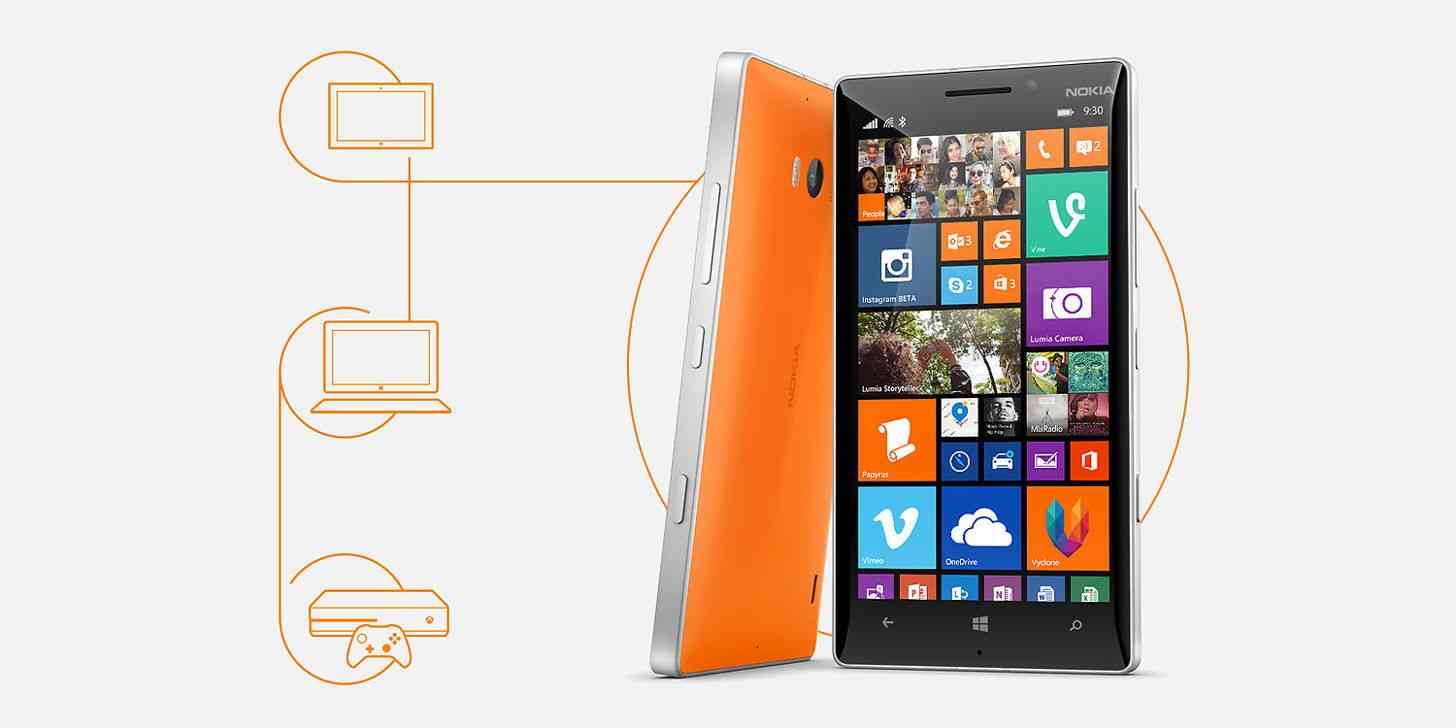
Big changes are on the horizon for Microsoft this year. Windows 10 is one of the most highly anticipated software releases this year, and not just for PCs; as most of you already know, Microsoft is aiming big with Windows 10 by making the OS as universal as possible. Windows 10 will be largely the same across computers, tablets, and smartphones.
The upcoming changes are certainly exciting. I would even go so far to say that they’re particularly appealing to mobile users given how abysmally both Windows Phone 7 and 8 have done over the past several years. Although Windows Phone may work perfectly well for some people, the majority of smartphone users (at least in the U.S.) avoid the platform like the plague. For all intents and purposes, a drastic change is needed in order for Microsoft to compete with both Android and iOS, which currently make up over 96% of market share at this point. According to Microsoft, Windows 10 Mobile will be that change.
Windows 10 Mobile aims to fix the major problems that Windows Phone faced, namely the infamous “app gap” that has been the basis of most arguments as to why the platform never really took off. Microsoft has made it so that Windows 10 Mobile will run “reworked” versions of already developed iOS and Android apps with presumably minimal work on the developer’s end.
There are also key features like Continuum, which allows a user to jump from Windows 10 device to Windows 10 device, such as a phone to a tablet or a tablet to a computer, without interruption. The vision there is that users have different needs for different gadgets at different times, and work shouldn’t have to be interrupted or started over regardless of which gadget you're using. Windows Hello is another interesting feature that will allow you unlock your Windows 10 device with your iris, fingerprint, or face. You also have other features that are already a great part of the Windows Phone experience, such as Cortana and Live Tiles.
But aside from Windows 10 Mobile itself, you also have the other big question that many are asking in regards to Microsoft’s smartphones: Where are all of the flagships?
It would make sense that Microsoft has decided to hold off releasing any flagships while there’s an obvious transition away from Windows Phone 8 into Windows 10 Mobile. There isn’t any sudden push to get people into a Windows flagship at this point given that Windows 10 Mobile is just around the corner, and a flagship unveiling closer to the time of Windows 10's release would make an even bigger splash than just one without the other. Windows Phone enthusiasts are also fortunate in the sense that Windows Phone is actually quite good at running on low and mid-range devices, which has always been part of the appeal of the platform in the first place. Because of this, Windows Phone users aren't completely missing out without a flagship.
However, flagships are still an extremely important part of smartphone culture – especially in the Western world, where status seems to overrule any other aspect of a smartphone. (“If you don’t use a Galaxy or an iPhone, what exactly do you use?!”) It’s all about having the most RAM, best screen resolution, best cameras, and most importantly the most “GBs”. Without a flagship, Windows 10 Mobile wouldn’t ever amount to much more than Windows Phone ever did - and fortunately they have the Lumia line on their side (albeit under Microsoft's command rather than Nokia's), a popular name in the smartphone world even if you didn’t own one yourself.
Microsoft’s name in the news might not be all unicorns and rainbows right now, but despite the ups and downs that they’re going through regarding Windows 10 (Mobile), I have faith that releasing both a flagship device alongside Windows 10 Mobile will have a bigger, more positive impact than if they were to release just one without the other. Overall, I think that Windows 10 Mobile will see a boost when the time comes for it to be released. Here's to hoping that by the end of this year, a new era for Microsoft and Windows in the smartphone space is steadily taking off.